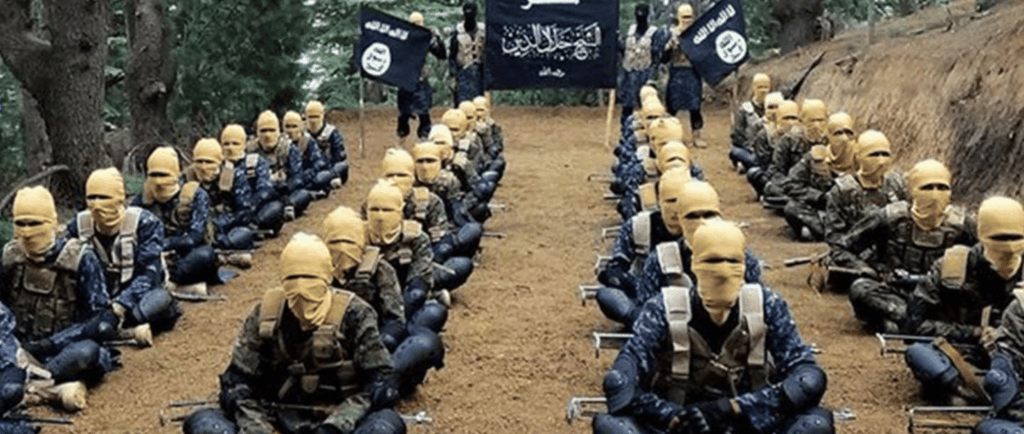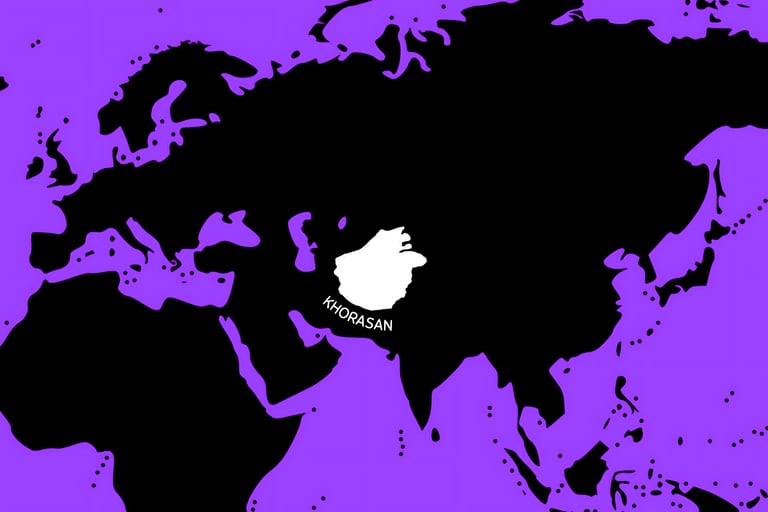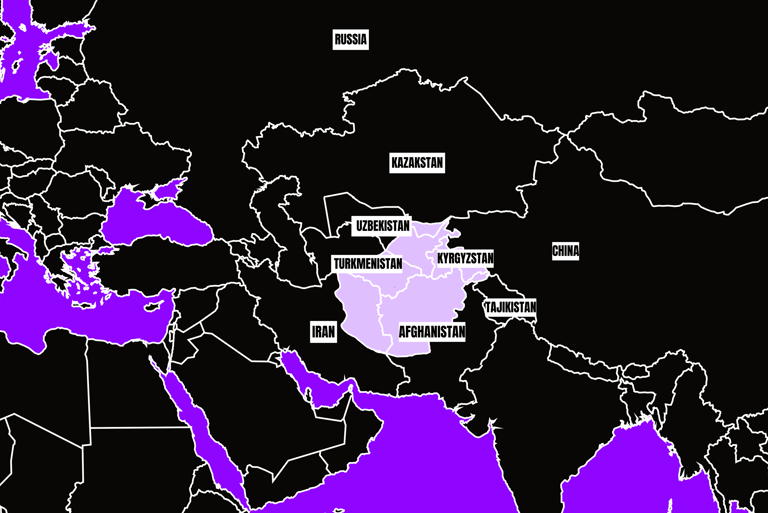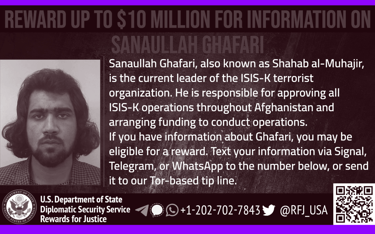The Islamic State in Khorasan
Analysis of the most powerful branch of the Islamic State
3/22/20253 min read


What is Khorasan?
Khorasan means “where the sun rises.” It’s a historic region with a name dating back to the Persian Empire. Originally, it included northeastern Iran, Afghanistan, Turkmenistan, and parts of Uzbekistan and Tajikistan. The Sassanid Empire (3rd–7th century) used the name to refer to its eastern frontier, the gateway to Central Asia.
After the Muslim conquest in the 7th century, Khorasan became a major province of the Abbasid Caliphate. Over time, it was divided among different empires.
In modern times, the region was further split due to Russian and British expansion in Central Asia. When the Russian Empire collapsed and the Soviet Union was created, parts of old Khorasan were included in Soviet republics that became independent in 1991: Uzbekistan, Tajikistan, Turkmenistan.
Today, Khorasan no longer exists politically, but jihadist groups use the name to claim a historical and religious link. The Islamic State in Khorasan (IS-K) uses this legacy to justify its presence in Afghanistan and Central Asia.




Greater Khorasan (6th–17th century).
The Birth of IS-K: Defections and Jihadist Opportunism
IS-K was created in 2015, during a time when jihadist groups in Afghanistan and Pakistan were divided. At that time, the Islamic State (ISIS) had become the main global jihadist group after declaring its caliphate in Iraq and Syria.
Taking advantage of that momentum, some dissident Taliban members and Pakistani jihadists pledged allegiance to ISIS, forming IS-K. Its core members came from the Pakistani Taliban (TTP), unhappy with the Taliban’s talks with the U.S. IS-K also attracted fighters from other groups like the Islamic Movement of Uzbekistan (IMU) and Indian extremists such as Ansar al-Tawhid.
IS-K quickly became known for its extreme violence and rejection of the Taliban, whom it sees as too soft. IS-K follows a strict takfiri ideology, calling not only Shiites but also Sunnis who don’t follow their views “apostates.”
Expansion and Areas of Influence: Where Is IS-K Active Today?
From the beginning, IS-K established itself in eastern Afghanistan, especially in Nangarhar and Kunar provinces, setting up training camps and logistics bases. It also uses Pakistan as a safe zone.
As of 2025, IS-K doesn’t control territory permanently, but it has active cells in Afghanistan, Pakistan, and Central Asia. Its attacks are increasing in Tajikistan, Uzbekistan, and even Russia. The attack on Crocus City Hall in Moscow in March 2024, which killed 145 people, showed its growing international reach.
Differences with Al-Qaeda: Strategy, Ideology, and Jihad Vision
Al-Qaeda promotes a gradual global jihad, building local alliances and avoiding alienating Muslim communities. IS-K pushes a more radical and immediate approach, aiming to destroy all who don’t follow their strict version of Islam.
Another key difference is their stance on Shiites. Al-Qaeda is hostile to Shiites but avoids making them a main target to avoid dividing the Muslim world. IS-K, on the other hand, sees killing Shiites as a core goal.
IS-K in 2025: The World’s Most Dangerous Terrorist Group?
On March 4, 2025, Donald Trump announced the arrest and extradition of Mohamed Sharifullah, a senior IS-K figure and mastermind of the 2021 Kabul attacks that killed 13 U.S. soldiers.
In 2025, IS-K is seen as one of the most powerful branches of ISIS, even stronger than ISIS in Syria and Iraq in terms of operations and influence.
Fighters: Between 4,000 and 6,000, with numbers rising since the U.S. withdrawal from Afghanistan.
Major Attacks in the Past 5 Years:
Afghanistan: Kabul airport bombing – 170 dead (2021)
Iran: Attack during the 4th anniversary of General Qassem Soleimani’s assassination – 96 dead (2024)
Russia: Moscow – 145 dead (2024)


Wanted notice published in 2021 by the U.S. State Department targeting IS-K’s top leader
Conclusion
The Islamic State in Khorasan is more than just a branch of ISIS. It is now one of the most active and dangerous jihadist groups in the world, with an ability to strike far beyond Afghanistan. Its expansion into Russia, Central Asia, and possibly Europe makes it a top priority for intelligence agencies worldwide.
Its rise shows the Taliban’s failure to stabilize Afghanistan, and highlights the urgent need for stronger international cooperation to counter IS-K’s growing threat.
